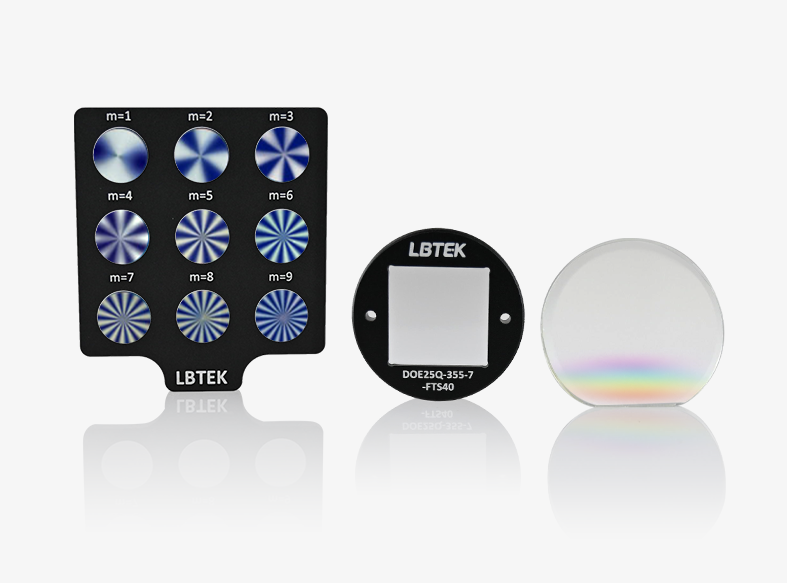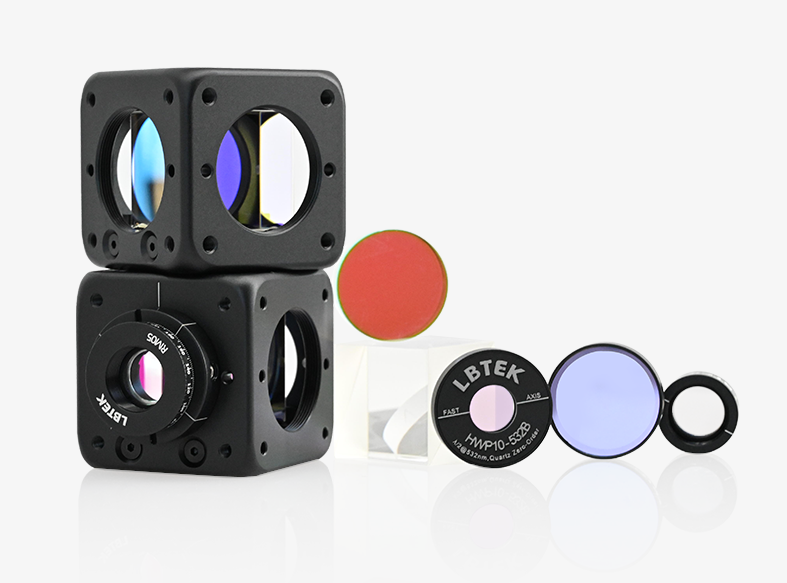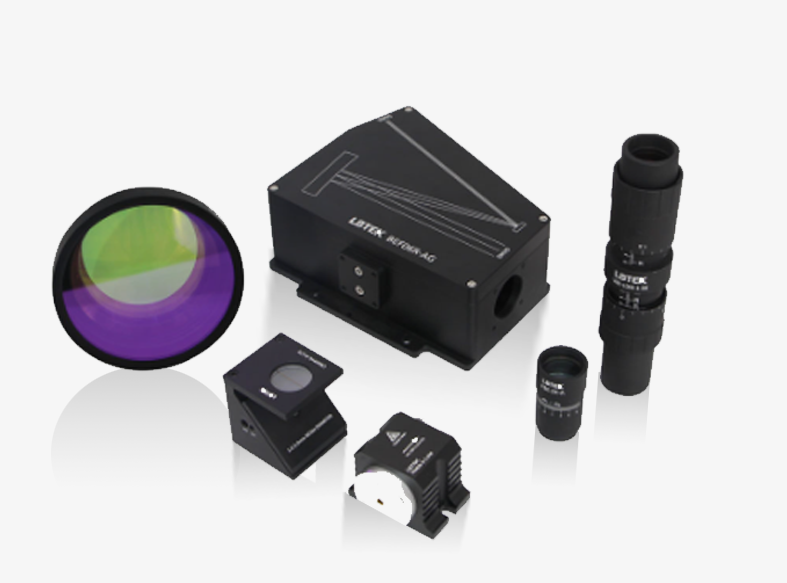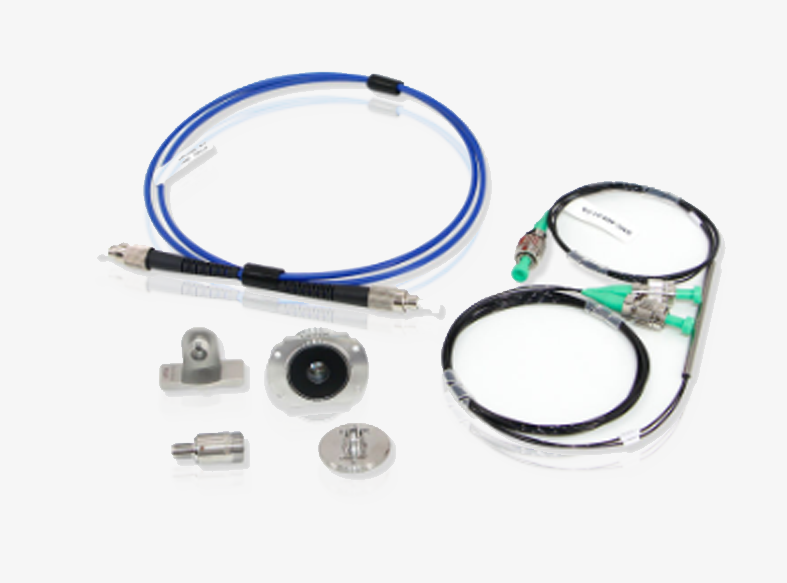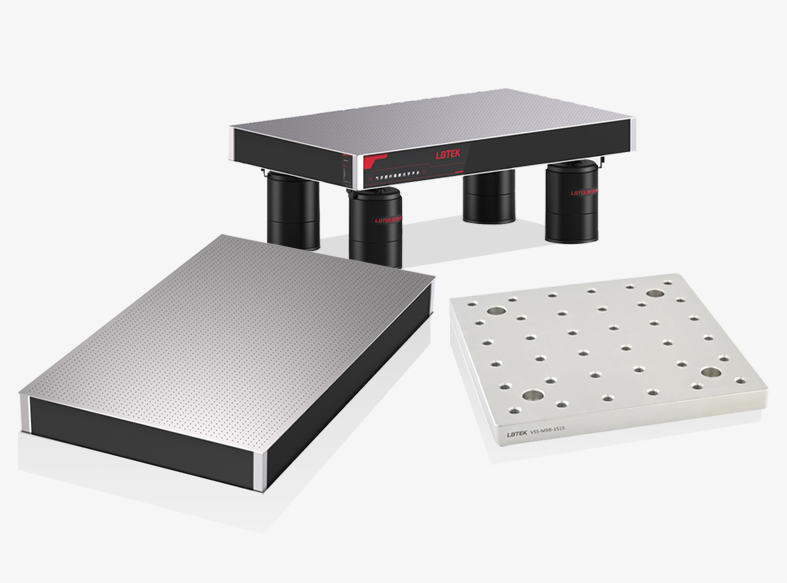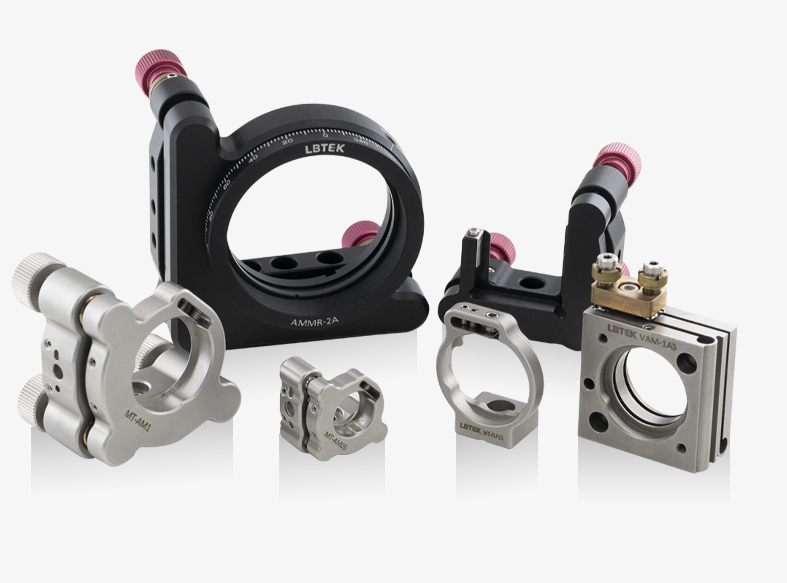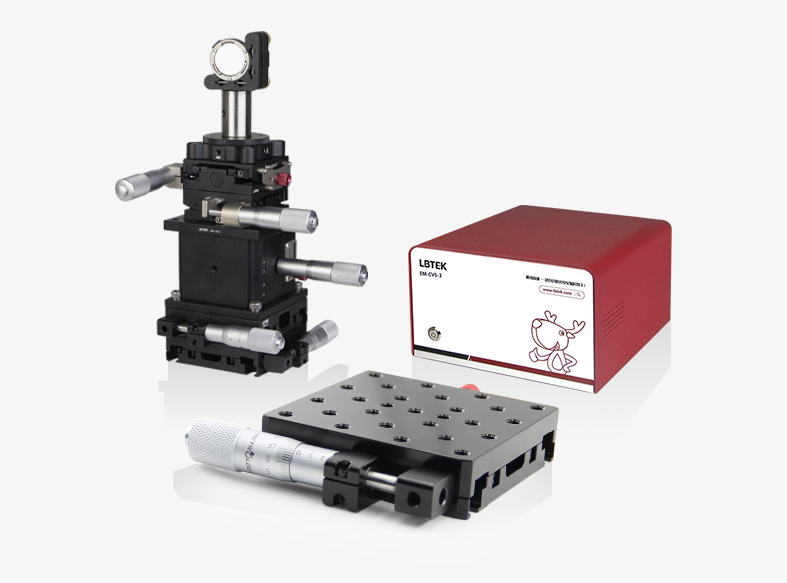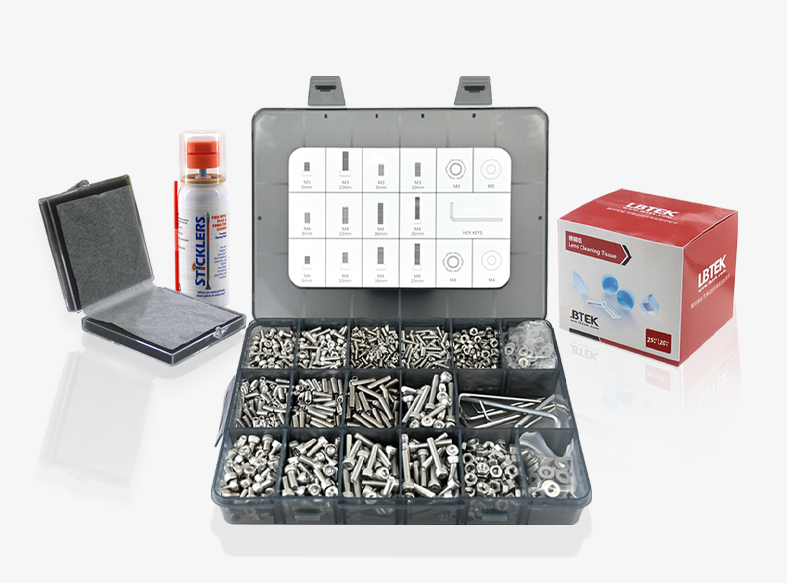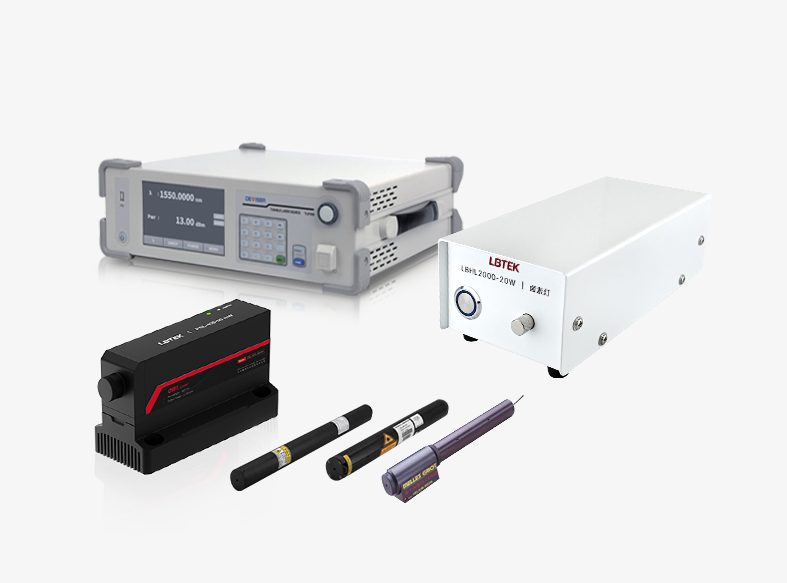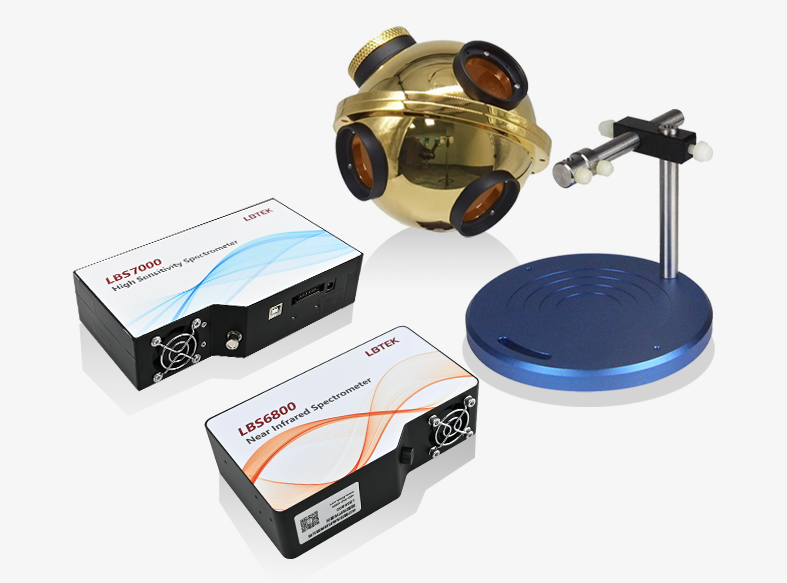- Optical Material: N-SF11
- Operating Wavelength: 420 nm-2.3 μm (uncoated)
- Application: Imaging, beam expansion or reduction

- Substrate Material: N-SF11
- Operating Wavelength: 420 nm-2.3 μm (uncoated)
- Application: Imaging, beam expansion or reduction
- Pre-installed mechanical housing
LBTEK double-concave lenses have a negative focal length and are commonly used in applications such as imaging or beam collimation. Since N-SF11 has a lower Abbe number, LBTEK chooses to use RoHS-certified N-SF11 to manufacture lenses with various smaller focal lengths. Additionally, N-SF11 lenses are more suitable for particularly harsh (acidic or alkaline) environments. All circular lenses from LBTEK come pre-installed with standard lens sleeves or lens mounting adapters. The surfaces of these mechanical components.
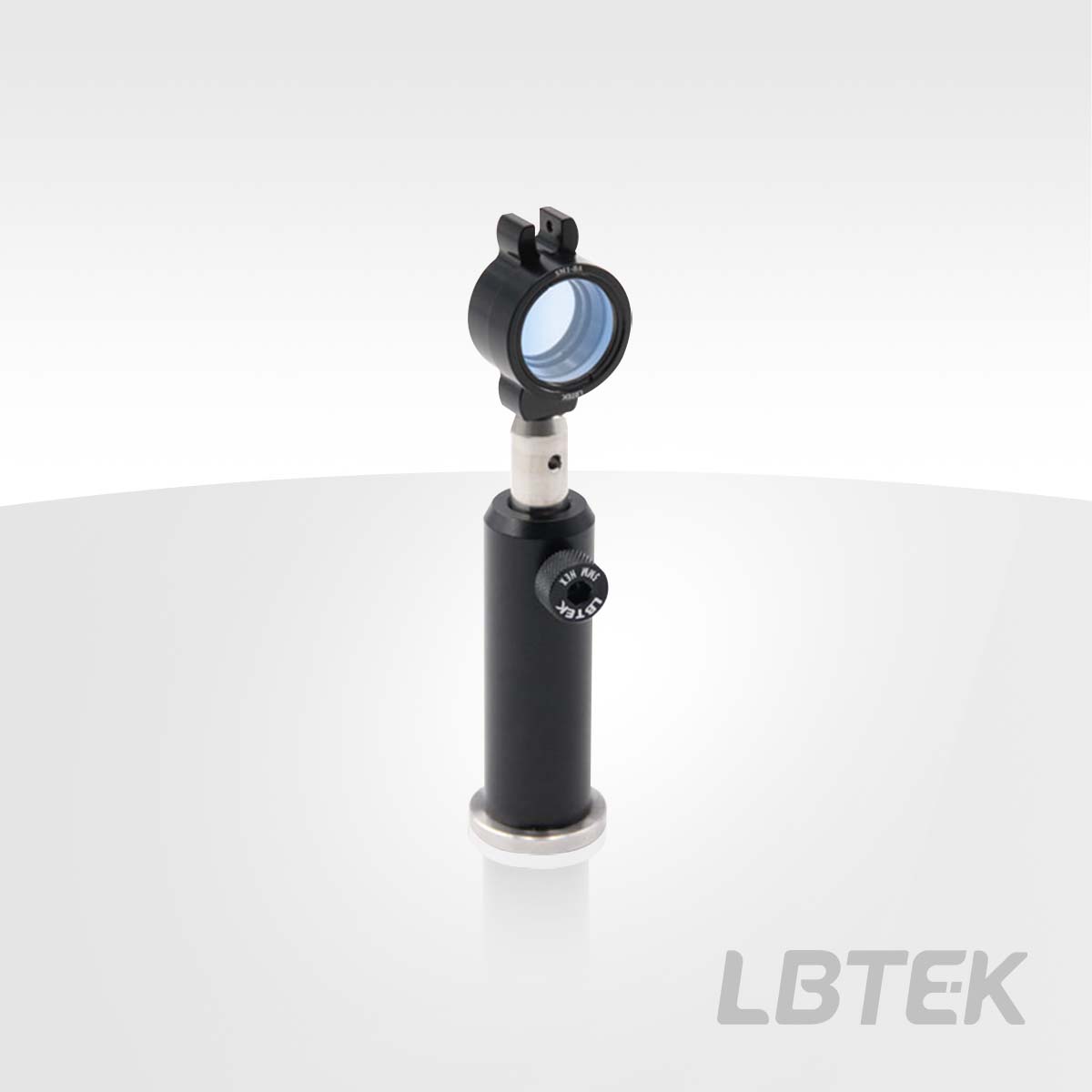
Product Model | Diameter | Focal length | Unit Price | Compare | Lead Time | ||
|---|---|---|---|---|---|---|---|
| MBCC30605 | 25.4 mm | -25.0 mm | $42.23 | today |

- Substrate Material: N-SF11
- Operating Wavelength: 420 nm-2300 nm
- Application: Imaging, Beam Expansion or Reduction
The LBTEK double-concave lens has a negative focal length and is commonly used in applications such as imaging or beam collimation. Since N-SF11 has a lower Abbe number, LBTEK chooses to use RoHS-certified N-SF11 to manufacture lenses with various smaller focal lengths. Additionally, N-SF11 lenses are more suitable for particularly harsh (acidic or alkaline) environments. All circular lenses from LBTEK can be mounted in LBTEK standard lens sleeves, fixed lens holders, and various coaxial mounting plates. Customers can select the optimal mounting method based on different application scenarios.
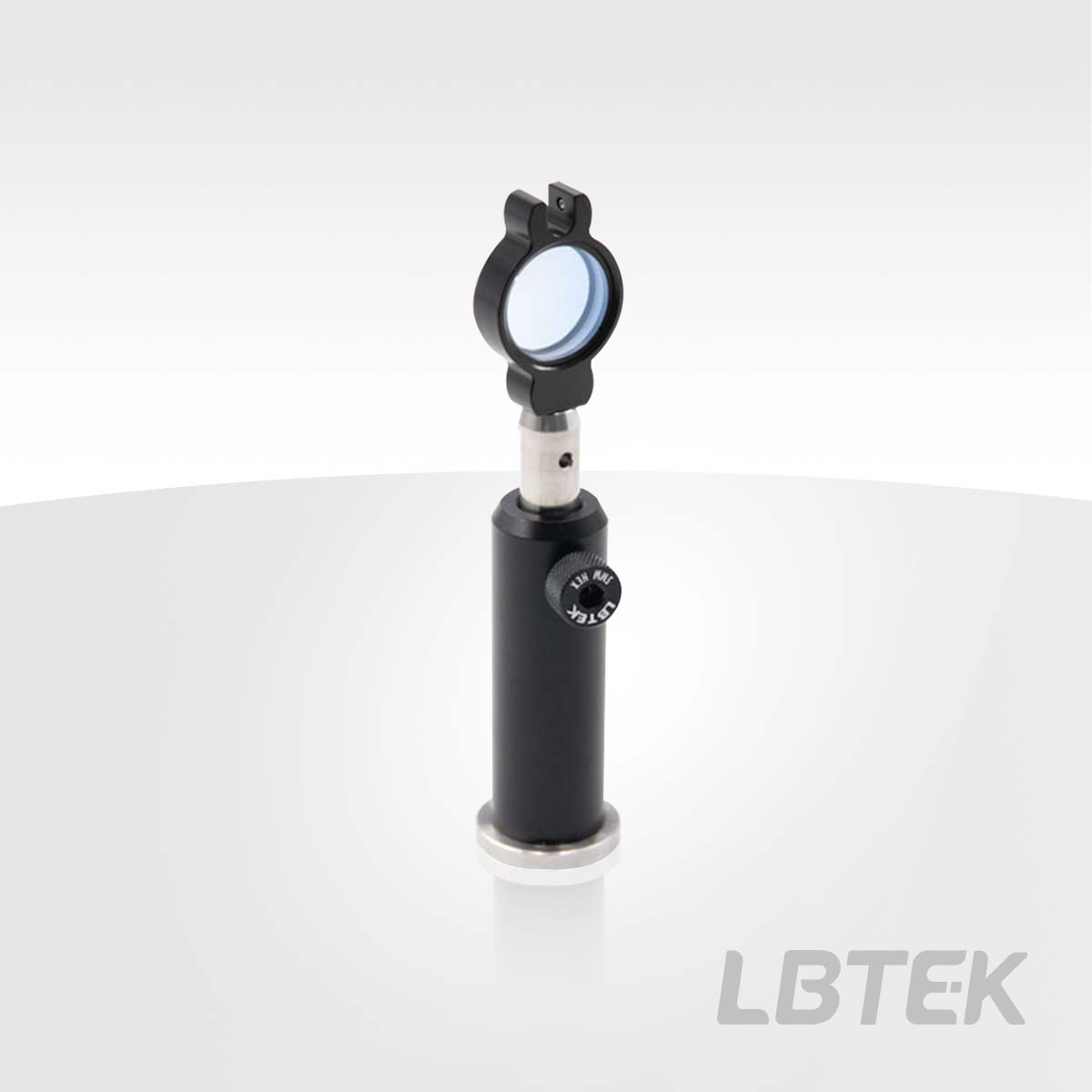
Product Model | Diameter | Focal length | Unit Price | Compare | Lead Time | ||
|---|---|---|---|---|---|---|---|
| BCC30605 | 25.4 mm | -25.0 mm | $32.29 | today |
